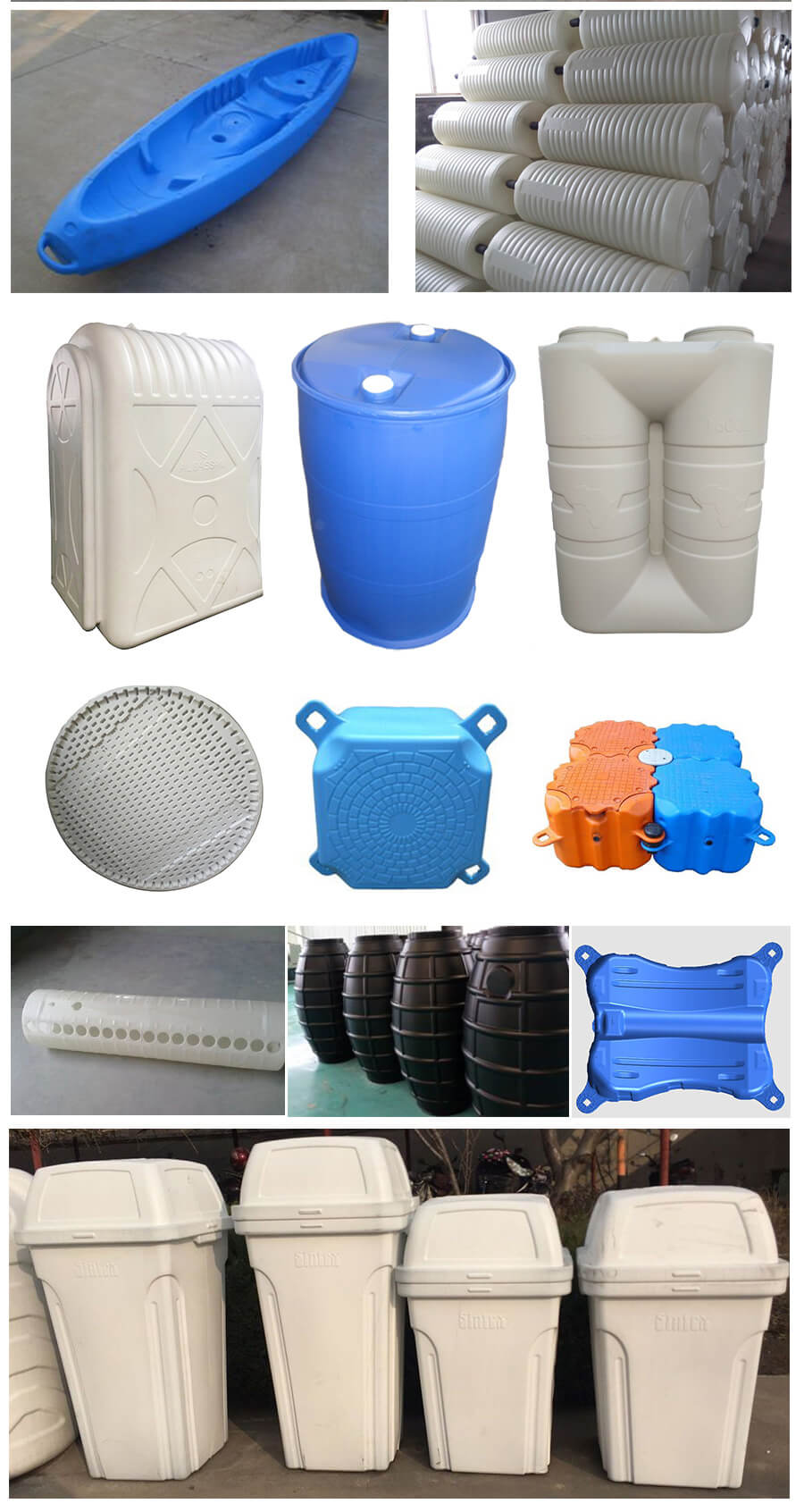With the rapid development of the petrochemical industry, the plastic industry has also seen explosive growth. Plastic packaging containers have replaced traditional materials like metal, glass, ceramics, and wood in many areas, showcasing their remarkable vitality. The innovation of extruded blow molding plastic packaging containers has brought convenience to our production and daily lives, significantly enhancing our quality of life.
1. Characteristics of Extruded Blow Molding Plastic Packaging Containers
The advantages of extruded plastic packaging containers are as follows:
① They have a low density and are lightweight, available in both transparent and opaque forms.
② They are easy to mold and process; by simply changing the mold, different shapes of containers can be produced, allowing for mass production with ease.
③ They offer excellent packaging effects, are easy to color, and can be made in vibrant hues, enabling the creation of various types of packaging containers to achieve optimal packaging results.
④ They possess good resistance to corrosion, acids, bases, oils, and impacts, along with commendable mechanical strength.
However, blow molding plastic packaging containers also have their drawbacks:
① Plastics tend to soften and deform at high temperatures, which limits their usage temperature.
② The surface hardness of the containers is low, making them susceptible to wear and scratches; under the influence of light oxygen and thermal oxygen, plastics can degrade, become brittle, and lose performance over time.
③ They have poor conductivity, making them prone to static electricity buildup.

2. Classification of Plastic Packaging Containers
① Based on the nature of the raw materials used, the main types include polyethylene (PE), polypropylene (PP), polystyrene (PS), polyvinyl chloride (PVC), polyester (PET), and polycarbonate (PC) containers.
② Based on the molding methods of the containers, the main types include blow molding, extrusion molding, injection molding, stretch molding, rotational molding, and vacuum forming.
③ When categorizing plastic packaging containers by shape and purpose, we mainly have plastic boxes, barrels, bottles, bags, and flexible hoses. Typically, these plastic containers are produced using molding techniques, and their shapes largely depend on the molding method and the molds used. Sometimes, similar shapes can be created using different methods.
For instance, hollow containers are usually made through blow molding. Still, you’ll also find that rotational molding is often used, especially for giant containers, small batches, or uniquely shaped ones. Now, turnover boxes are generally produced via injection molding, but in some special cases, to meet specific needs, they might be made from calcium plastic boards (which are lightweight and cheap but a bit weaker) or molded from pre-foamed polystyrene beads (which have outstanding insulation properties and good shock absorption). Heck, they might even use sheet thermoforming methods (which are cost-effective but have limited strength).
